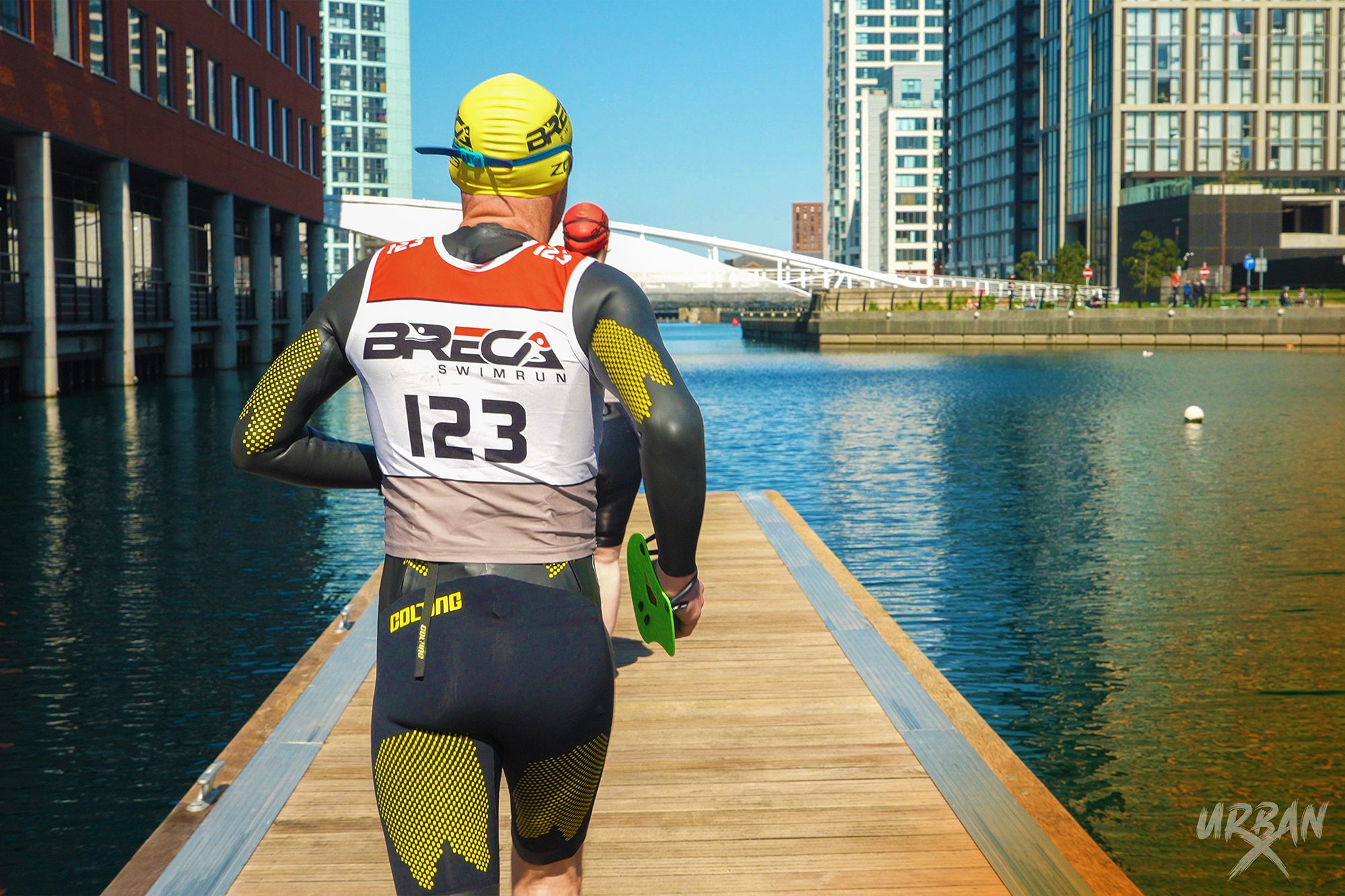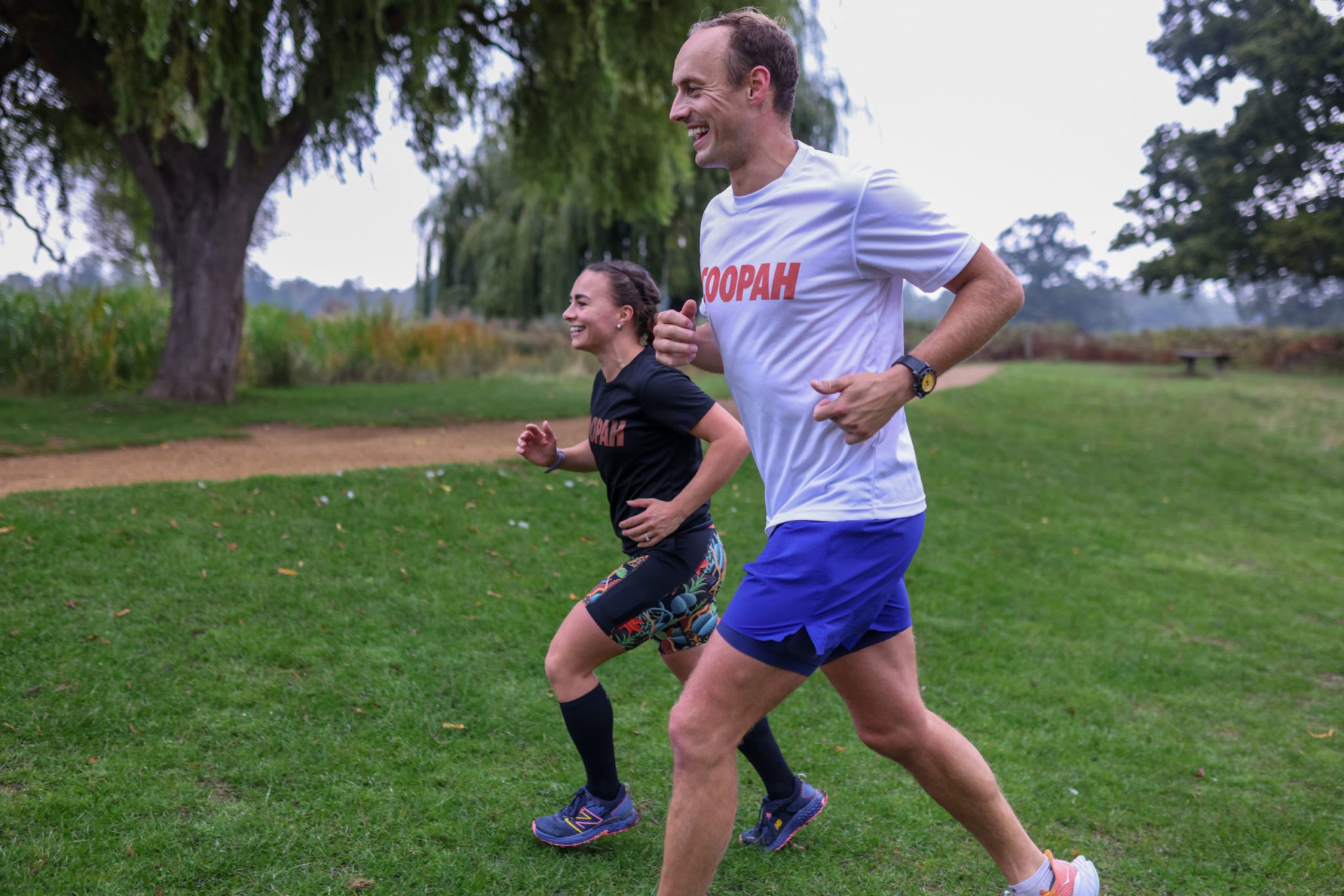The early months of running are the most exciting. You are improving all the time, the miles are becoming easier and you no longer feel like your heart is about to burst through your chest. You’re breaking new ground: PBs are tumbling, distances are increasing, and you look and feel better. Surely, it can’t keep going like this?
Nope, it can’t. Progressions in fitness are not linear: they don’t simply keep rising along with your regular training. As the months go by, you don’t feel like you’re improving any more. In fact, you might even be going backwards – getting slower and feeling unmotivated. This dip in form is called a ‘plateau’, and you’ve just hit one.
why do runners plateau?
Runners hit a plateau for a variety of reasons. Staleness and stagnation can come about by doing too much running, being fatigued or simply burned out. It can be a result of a strenuous training period, such as a marathon build-up, or changing circumstance: an increased workload, social stresses or becoming a new parent. More often than not, a plateau is a small dip in form that suggests you’ve reached your short-term limit of adaptation (progression) doing what you’re doing.
What are the signs?
Look for the signals of low motivation, lack of progression, general staleness, tiredness, aches and pains, and a slow or dip in performance. If you notice two or more of these at the same time for more than a couple of consecutive weeks, don’t keep hammering on thinking you can run through it. Ignoring the signs of a little dip can quickly leave you spiralling towards a massive hole.
How can I beat it?
Rest and refresh. You need a period of transition and adaptation. Typically a short period of downtime from your running will help refresh you both physically and mentally. What this downtime could and should look like varies depending on you and how you feel. The most important thing is to take the pressure off and back it right down. It’s amazing how you’ll feel after a week (or more) of zero running.
Change your training routine. One of the biggest causes of a training lull is that your body has reached a peak of adaptation based on the stresses you’ve put it under. Not having much variation or progression in running and feeling flat with it is a sign to spice things up. Try some new workouts, search out some new run routes, explore, be adventurous and challenge yourself. This doesn’t mean doing more: changing your training can mean doing less, running slower or faster, and dialling down your workouts. Mix it up and see if your dip starts to rise again.
Review your focus and targets. It may be that your goals simply aren’t floating your boat. A plateau in form is a great opportunity to ask yourself some big questions about why you run and what successful running means to you.
Finally, remember that peak performance actually should ebb and flow. Your training and racing will have inevitable (and planned) peaks and troughs. Through smart planning, however, your plateaus will be periods where you allow your training to settle and simmer – before you push on, once more, to greater things.
3 workouts to kickstart your running
■ Low volume, high-intensity
10mins easy warm-up. Two sets of 3 x 60secs fast running with 3mins easy running between each 60secs run. Take 6mins easy running between sets. Finish with 10mins easy warm-down.
■ Get away from it all
Set yourself a target of running somewhere totally new. If you’re really brave, don’t take a map or GPS; just run and see where your feet take you for as long as you like.
■ Landmark fartlek
Go off-road for 30mins and pick different landmarks to run to at different intensities. Vary both the distance to the landmark (eg the top of a hill, a park bench, a tree) and the speed at which you run to it for a fun, mixed-paced and refreshing workout.








